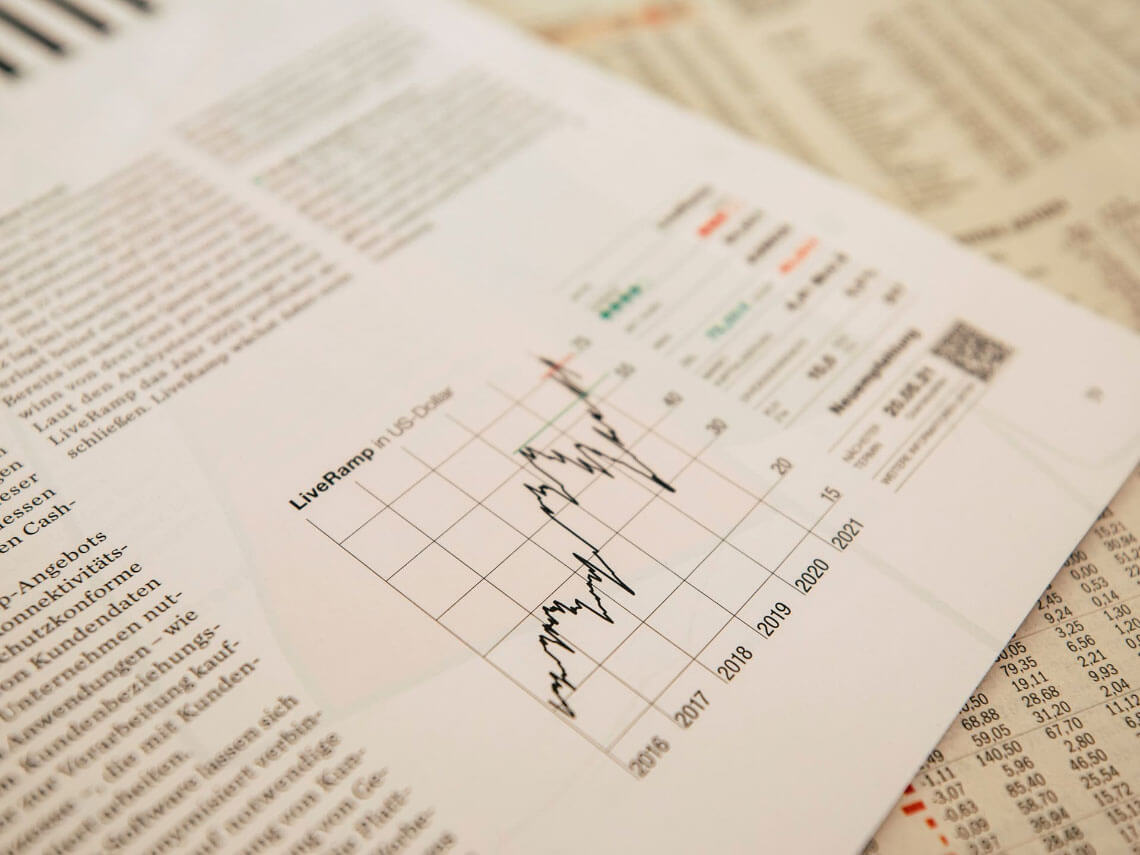Do you know the situation: your partner has been driving your car together and suddenly many of the default settings, such as mirrors or seat position, are different to what you are used to? It helps if you can save certain settings and switch between them at the touch of a button, as many cars have been doing for several years.
My wife, equipped with a hot-blooded, Mediterranean temperament, is the lead foot at home and therefore likes to drive in “Dynamic” mode, while I prefer “Efficiency” mode. If I notice when driving off that our car is reacting a bit rough because my wife was driving in her default setting, I can solve the problem with a single push of a button.
If only it were just as easy with KPIs as with the default settings in a car. Now that delivery times on most commodity markets are stabilizing or even shortening again and borrowed money is becoming significantly more expensive, we are receiving an increasing number of requests to change the focus of a supply chain from “availability” to “stocks” as quickly as possible. Up until a few months ago, for example, some of our customers were still buying all the electronic parts they could get at halfway reasonable prices, but now they are suddenly realizing that the warehouses are very full and that something urgently needs to be done about the stocks, some of which are far too high.
It’s nothing new that a different pig is being driven through the village today than a few months ago. Most of us are well aware of the pig cycle of KPIs. The only problem is that most companies can’t quickly flip the switch in this case, like you can with a car’s driving mode. And if you then have to achieve results quickly when reducing inventory, often forced by short-term requirements from the boardroom, the switches that lead to the fastest results are often flipped. And we all know that the quick fixes are rarely the best solutions. Good things take time, even when it comes to improving KPIs.
So wouldn’t it be nice if you could also switch between various “driving modes” in the supply chain, just like in a car? What if, depending on the situation and current focus, you could quickly, efficiently and consistently shift the emphasis for the control system? And wouldn’t it be even nicer if you could set and test something like this and understand the effects before the boss comes up with such specifications?
This would be possible with the help of a digital twin of your supply chain. The data transferred from the ERP system can be used to carry out analyses, set new values for control parameters and check their effects without these effects necessarily having to be transferred to the operational ERP system. This allows you to configure various presets or driving modes for your supply chain. And as soon as another animal is hunted through the village, you already have the right hunting equipment for every possible animal. And hopefully you will then be able to flip the switches that lead to the best results, not the fastest.
So go ahead and configure the switches you want to flip if the worst comes to the worst. This not only makes driving a lot more fun.
I wish you a successful hunt and a safe journey,Dirk Ungerechts

